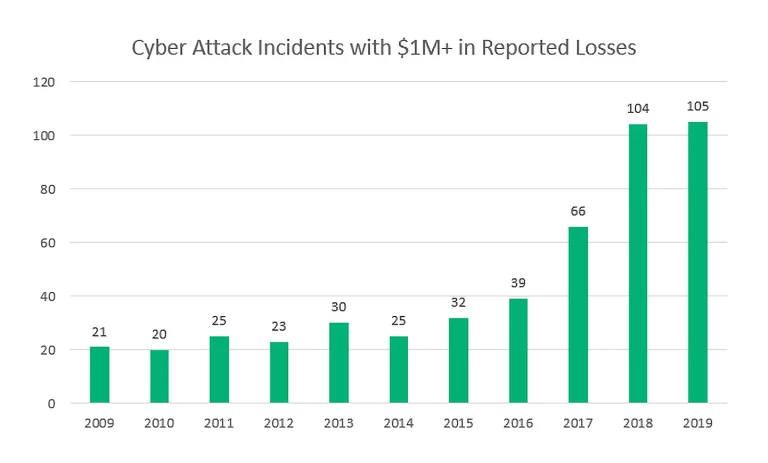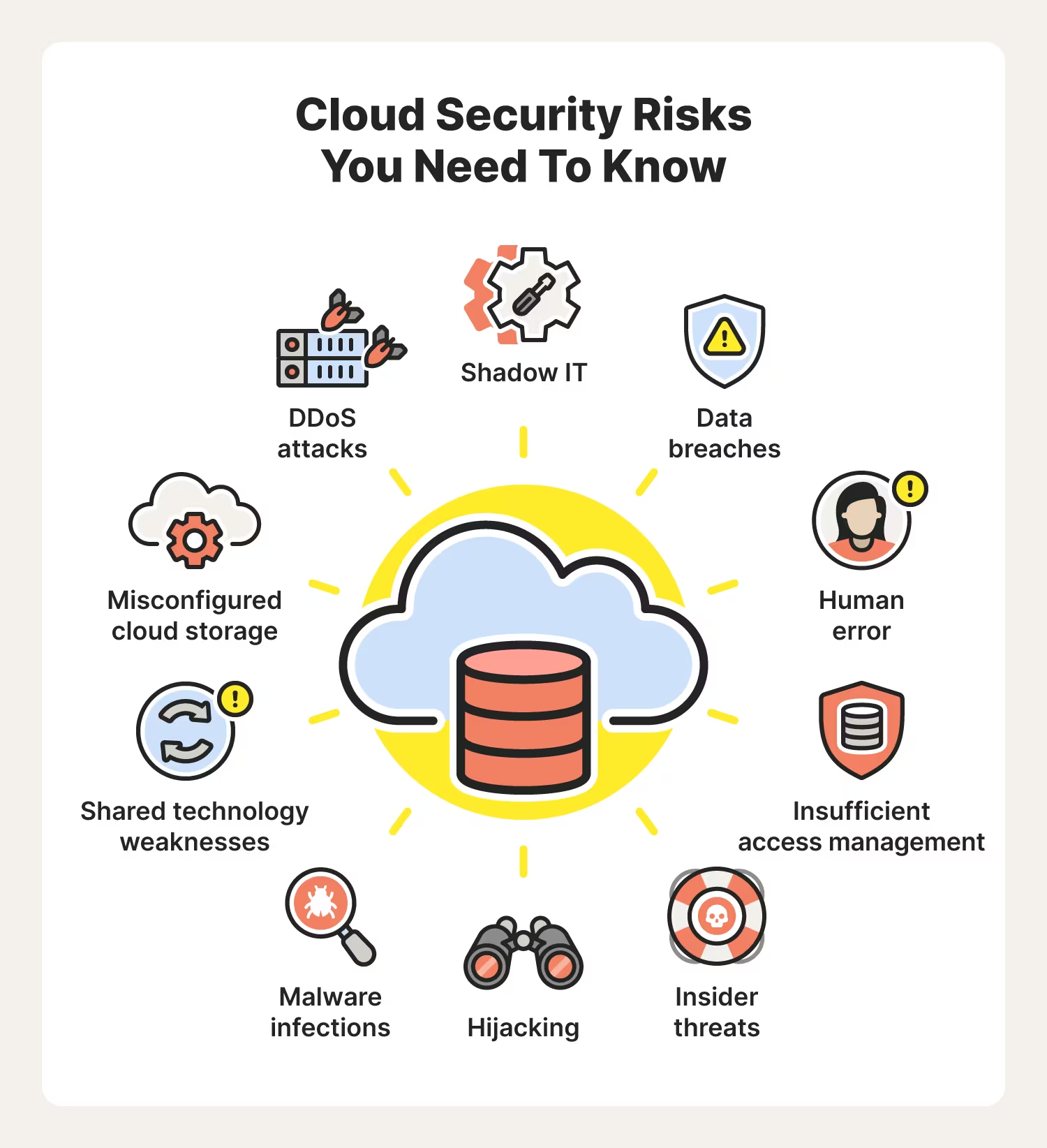The Landscape of DDoS Protection in 2022
Distributed denial-of-service (DDoS) attacks have been the gold standard for malicious actors for many years. Unfortunately, we have seen this form of cyberattack rise sharply recently.
Ransom DDoS attacks increased by almost a third between 2020 and 2021, and jumped by 75% in Q4 2021 compared to the previous three months. Additionally, when the COVID-19 pandemic forced more people to spend more time online in Q2 of 2020, we saw a huge and lasting spike in the number of DDoS cyberattacks.
Since large numbers of us are still working at home and remotely, it’s no wonder that we’re still witnessing a net increase in these attacks.
Because of this trend, cybersecurity teams have been working hard to ensure that their organizations have robust DDoS protection.
What does the landscape of DDoS attacks look like today? And what new and emerging tools can companies use to protect themselves?
The Scale of DDoS Attacks in 2022
According to Cloudflare, Q1 of 2022 saw a massive spike in application-layer DDoS attacks, although there was a decrease in the total number of network-layer DDoS cyberattacks. Despite this decrease, we have seen volumetric DDoS attacks surge by up to 645% quarter-over-quarter.
Due to the ongoing war in Ukraine, the most targeted industries in the Russian and Ukrainian cyberspace have been online media and broadcast media. Also, in Cloudflare’s Azerbaijan and Palestinian data centers, the company has seen enormous spikes in DDoS activity, indicating the presence of botnets.
One of the most damaging aspects of a DDoS cyberattack is that it pairs well with other types of cybercrime, such as ransomware, as using DDoS can be an effective way to ensure payment from victims.
Another reason for the influx of DDoS attacks is that they’re cheap and easy to use: it costs only around $10 an hour to run such an attack and requires little technical know-how.
DDoS Protection in 2022
If your company has experienced or continues to experience an alarming number of DDoS attacks, and it’s becoming difficult to handle, then you need effective strategies and tools in place to prevent and mitigate these cyberattacks.
- Increase bandwidth: One of the first steps you can take to protect against DDoS attacks is to ensure that your hosting infrastructure is DDoS resistant. Essentially, this means preparing enough bandwidth to handle traffic spikes potentially caused by a cyberattack. However, this is not a complete or preventative solution, as it simply means you’re raising the bar which threat actors need to overcome. You should always combine this strategy with other tactics.
- Leverage a CDN solution: CDN providers offer cybersecurity features and tools to protect your organization from threat actors. They also offer free SSL certificates. In addition, when you add your website to these service providers, by default you get DDoS protection to mitigate attacks on your server network and application. CDNs spread your traffic across servers in different locations, which makes it difficult for hackers to identify your origin server to launch a DDoS attack.
- Implement server-level DDoS protection: Some web-hosting providers include server-level DDoS mitigation tools as part of their package. This feature is not, however, always offered by web hosting companies, so you’ll want to double-check before signing up. Some companies include it as a free service, while others offer it as a paid add-on.
- Plan ahead: You want to plan for a cyberattack in advance, so you can respond quickly before any serious harm occurs. You should assume that a DDoS attack will come sooner or later. A proper cybersecurity strategy should include a list of employees who will deal with the attack, an outline of how the system should prioritize resources to keep apps and services online, and how to contact the ISP that’s supporting the attack, as they may be able to stop it.
- If you’re a small company, don’t think you’re immune to DDoS attacks: Many small business owners think their scale isn’t large enough to attract interest from cybercriminals. Nevertheless, hackers often target small businesses and startups because bigger companies are typically more likely to have security solutions in place to deal with hackers’ attempts. Small businesses can suffer damages of up to $120,000 per DDoS attack, so it’s crucial you take all possible steps to enhance your cybersecurity.
- Switch to a hybrid or cloud-based solution: If you switch to using hybrid or cloud-based services, you’ll likely have access to unlimited bandwidth. This is important, as many websites impacted by DDoS attacks are sites that run with limited resources.
- Secure your network hardware configurations: You can prevent a DDoS attack by making a few simple changes to your hardware configurations. For example, you can configure your firewalls or router to block DNS responses from outside your network. This will protect against certain DNS and ping-based volumetric attacks.
Given the fact that DDoS attacks are still dominant in 2022, and that each attack can have a potentially devastating consequence for your business (regardless of its size or scale), it’s vital to prioritize DDoS mitigation tactics.
The above strategies and tools will help to enhance your overall cybersecurity and protect against cyberattacks without disrupting your business.
Cyberlocke is a comprehensive, full-service IT services provider that architects and implements efficient and secure solutions for enterprise customers and their data centers. We specialize in security, cloud, managed services, and infrastructure consulting. Contact Us today to learn more.


